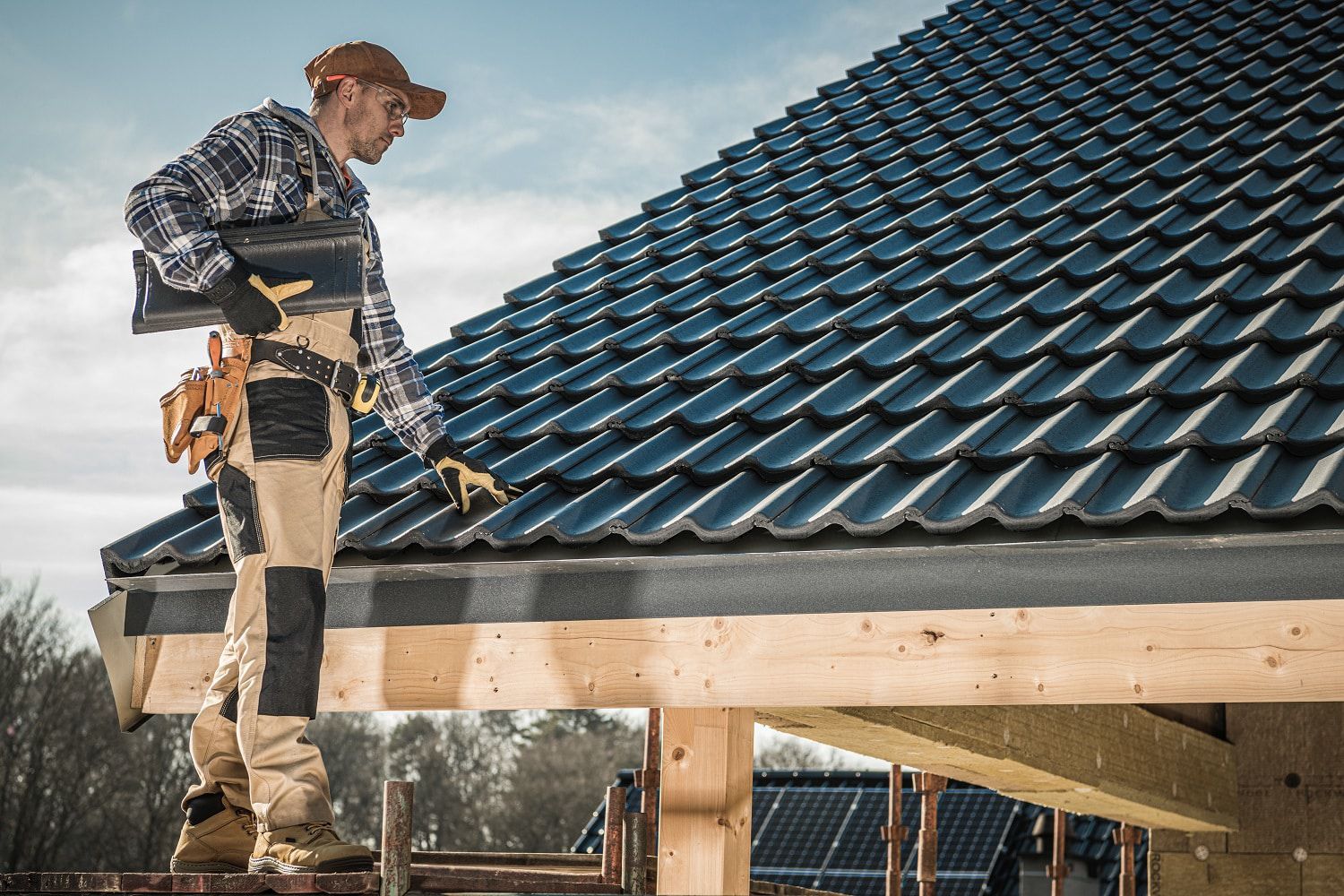Get an expert Perrysburg Roofer to handle emergency roof repairs.
Get an expert Perrysburg Roofer to handle emergency roof repairs.
Blog Article
Exactly How to Assess Various Roof Options for Your Building Demands
Assessing roof choices for your building requires a thorough approach that takes into consideration different aspects such as the meant use of the structure, local climate problems, and material qualities. It is essential to weigh the benefits and disadvantages of different roofing kinds, from asphalt shingles to steel and clay floor tiles, while additionally factoring in first prices and long-term upkeep. Additionally, recognizing power effectiveness and visual allure can influence your choice. As you contemplate these considerations, one inquiry remains: which factors will eventually direct your selection for a lasting and visually pleasing roofing option?
Evaluating Your Structure's Demands
To efficiently examine roofing choices, start by extensively evaluating your building's needs. Beginning by taking into consideration the structure's planned use, as various frameworks might demand varying roof specifications. For instance, property roofings frequently focus on looks and insulation, while industrial buildings might concentrate on longevity and load-bearing ability.
Next, evaluate the neighborhood environment conditions that will influence roof covering performance. Elements such as temperature changes, precipitation degrees, and wind patterns can influence product option and design. A roof covering system that masters a temperate climate may not carry out too in areas vulnerable to hefty snowfall or extreme heat.
Furthermore, assess the architectural stability of your structure. Ensure that the existing framework can support the selected roof covering materials, specifically if thinking about much heavier alternatives. It is also important to assess any type of regional structure codes or laws that may dictate specific requirements for roofing systems.

Contrasting Roofing Products
When a thorough evaluation of your structure's needs has been finished, the following step entails comparing different roof covering products. Each product uses distinctive advantages and disadvantages, making it important to align your selection with your certain demands and scenarios.
Asphalt tiles are commonly acknowledged for their cost and ease of setup, making them a popular option for domestic structures. On the various other hand, steel roof covering, recognized for its durability and durability, can endure extreme weather conditions but might feature a greater preliminary investment.
Clay and concrete floor tiles provide excellent thermal insulation and visual charm, especially for Mediterranean-style design, yet they call for a more durable structural assistance due to their weight. Wood drinks deal a natural appearance and good insulation homes but may require more upkeep and are prone to fire risks.
Reviewing Cost and Spending Plan
Evaluating your roof choices demands a careful analysis of cost and budget considerations. The general budget for a roof covering task comprises a number of elements, consisting of material expenses, labor expenditures, maintenance, and possible lasting cost savings. It is vital to develop a clear budget plan before exploring details roof covering products, as this will certainly assist the decision-making process and aid you prevent overspending.
Begin by obtaining quotes from numerous contractors to understand labor costs in your region. Guarantee that these quotes include all needed solutions, such as elimination of the old roofing system, installment, and any extra attributes, like insulation or air flow renovations - Perrysburg Roofer. Next, analyze the cost of numerous roof covering products, considering both initial setup expenses and expected life-span

Understanding Power Efficiency
Energy effectiveness plays a critical function in the option of roof covering materials and systems, significantly affecting both energy usage and general comfort within a structure. An appropriate roofing system can improve thermal performance, lowering the demand for home heating and cooling systems, which subsequently reduces energy bills and decreases environmental effect.
When reviewing roof covering options, consider products that show instead than soak up warmth. Additionally, proper insulation and air flow are crucial to optimize the energy efficiency of the whole roof system.
Another crucial factor is the roof's long life and upkeep requirements. Sturdy products that need much less frequent substitute add to long-lasting energy cost savings. Additionally, the energy performance of a roof can likewise be evaluated via its compliance with well-known sustainability scores such as power STAR or LEED.
Taking Into Consideration Aesthetic Appeal
A roofing system's aesthetic appeal substantially influences the general appearance of a building, enhancing its building style and improving visual allure. Perrysburg Roofer. When assessing roof covering alternatives, it is important to think about how the selected product, color, and design will certainly balance with the existing framework and area. A properly designed roofing can boost even the most basic of buildings, transforming them into aesthetic prime focus
Various roofing materials supply various aesthetic top qualities. For instance, typical tiles might evoke a timeless appeal, while steel roofing can impart a modern-day, sleek appearance. Furthermore, the shade of the roof material plays an essential duty; lighter shades can make a structure show up more sizable, while darker tones may produce a cozier setting.
Moreover, architectural elements, such as dormers and eaves, can enhance the roof covering's visual influence. It is a good idea to talk to professional designers or architects to ensure the selected roof choice lines up with the overall style intent. Ultimately, a roof needs to i loved this not just provide practical benefits however likewise contribute positively to the building's visual, reflecting the owner's taste and the personality of the surrounding atmosphere.
Conclusion

Report this page